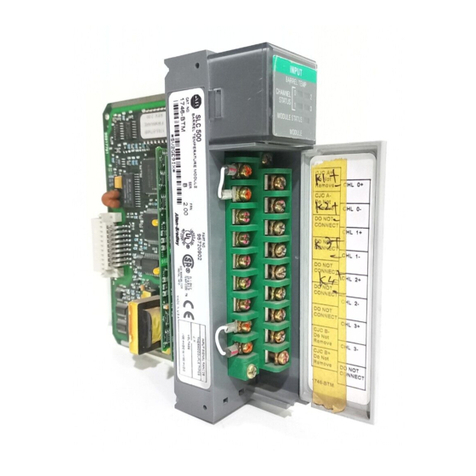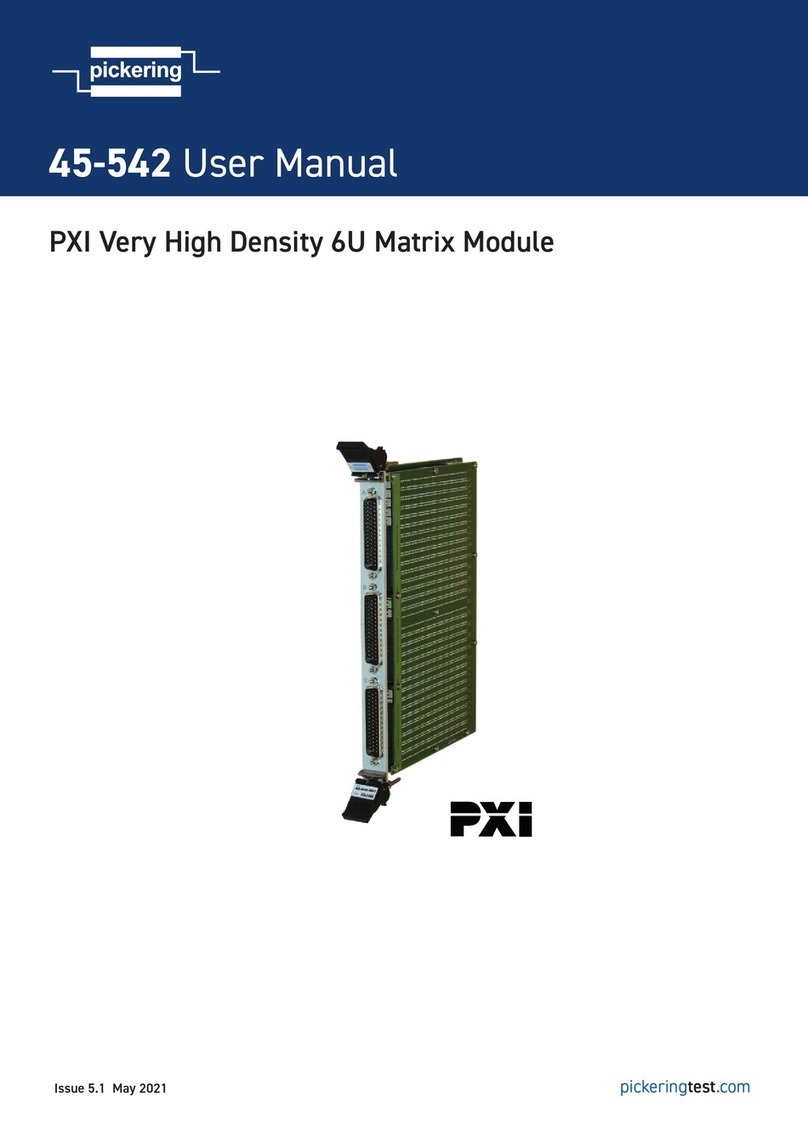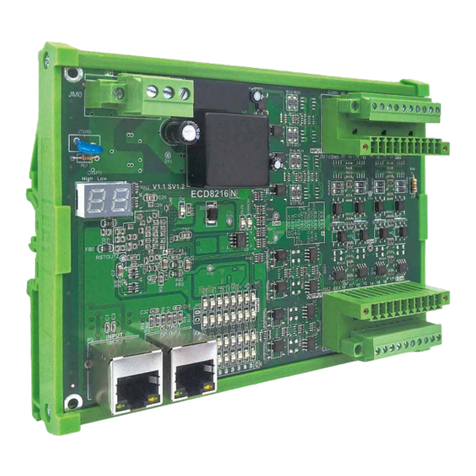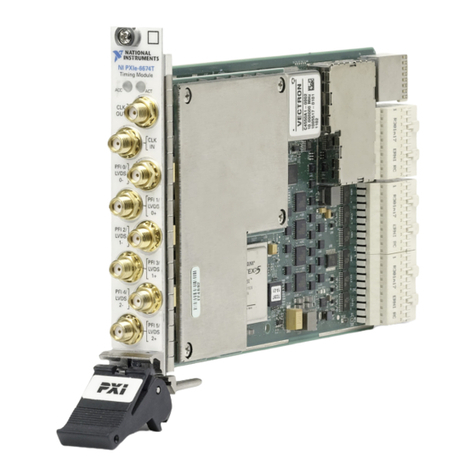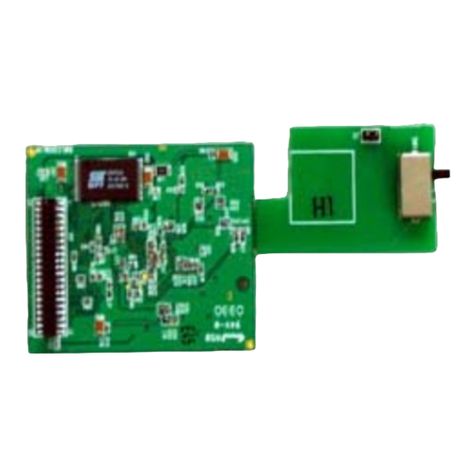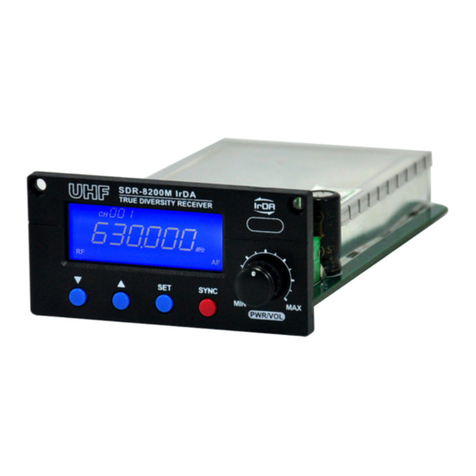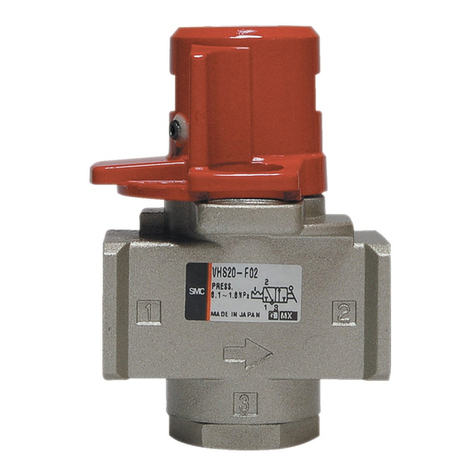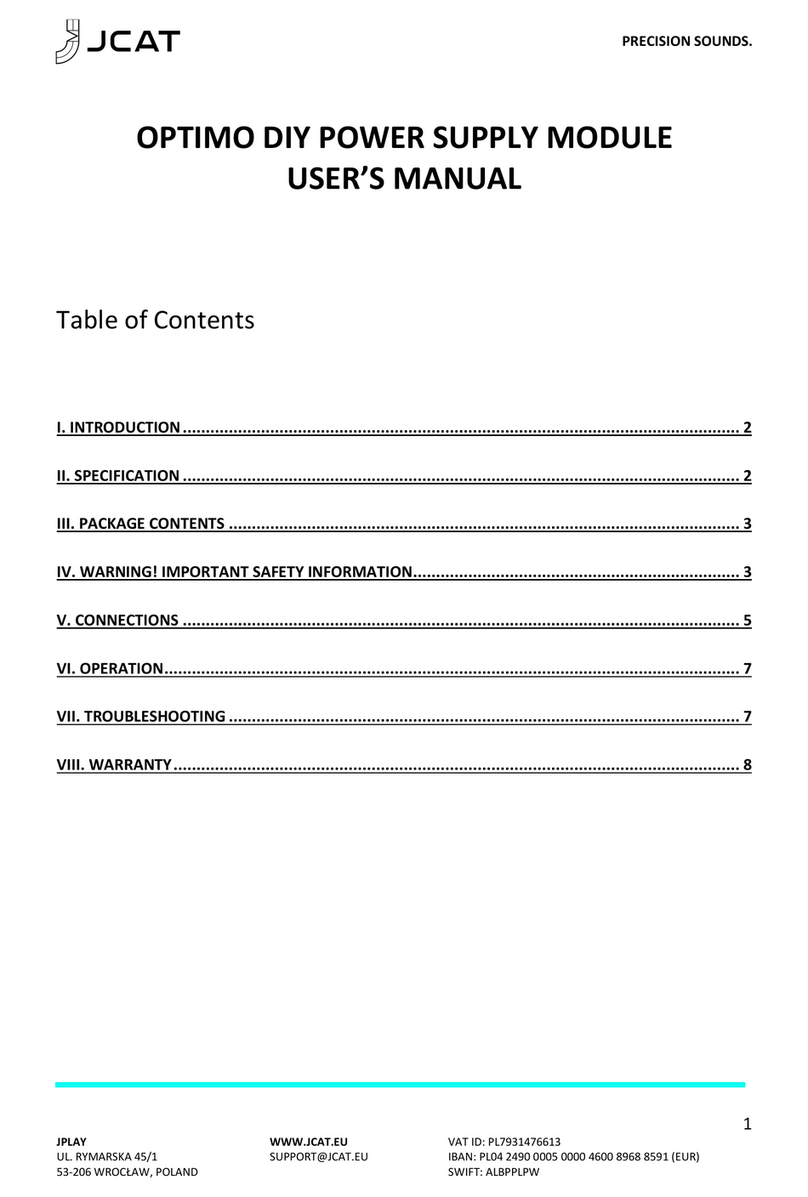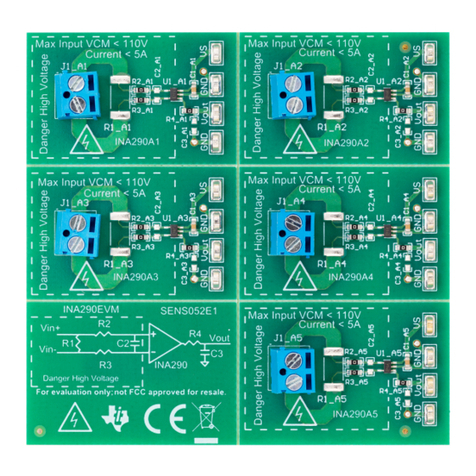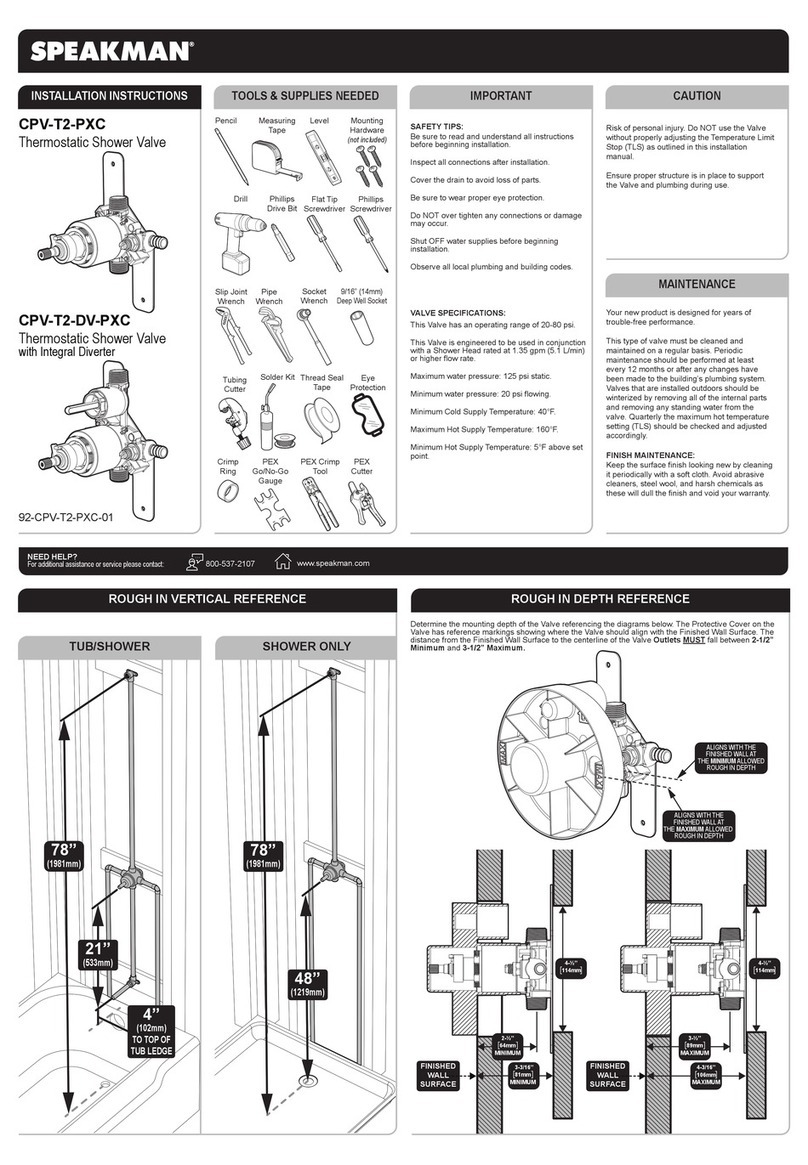Meyer Burger GB User manual

Installation Guide MB
Solar Modules
Applications
The modules are suitable for the following applications:
• Ambient operating temperature: –40°C to +40°C
• Maximum compression load 5400 Pa, maximum tensile load
2400 Pa
(includes a safety factor of 1.5)
•
Installation on a substructure for solar panels
•
All modules will be tested and approved according to IEC
61215-2016 and IEC 61730-2016 (Certification pending)
• Installation must comply strictly with all country-specific
electrical and structural safety standards.
Handling
• Wear gloves when handling the module frame
• When unstacking the modules, protect the front side against
scratching, etc.
• Never short-circuit the cables of the solar modules, i.e., do
not connect them together
• Cables and sockets must not be used for handling or transport
• Do not walk on the modules and avoid other kinds of point
load because these could result in irreparable damage
Installation location
The installation location should be chosen bearing the following
aspects in mind:
• The modules must not be installed:
· In an enclosed area
· At an altitude of more than 2000 m above sea level*
· On a water surface*
· In places where water can accumulate (e.g., due to flooding)
· In the vicinity of highly flammable gases or vapors (e.g., near
gas tanks or filling stations)
· Directly adjacent to air conditioning or ventilation systems
• The modules must not be used as a substitute for roofing
or facades
• If the modules are installed less than 500 m from the sea,
special precautions are necessary with regard to grounding,
maintenance and cleaning
• Avoid contact between chemical substances (e.g., oil or
solvents) and parts of the modules.
Orientation
• The modules can be mounted in either portrait or landscape
orientation
• Make sure no water can accumulate. Rain or melt water must
be able to drain off freely.
• The drainage holes in the module frame must not be closed
or obscured
• Minimum tilt: 5°
•
The maximum tilt should be determined based on local
regulations
•
Self-cleaning is improved if the modules are tilted by more
than 20°.
Shading
Optimum sunlight results in maximum energy yield:
• Install the modules so that they are facing the sun
• Avoid total or partial shading (e.g., due to trees, chimneys,
buildings, dirt, snow, overhead power lines)
• Shading of the glass-glass modules on the rear side should be
avoided.
Substructure
The substructure must meet the following requirements:
• The substructure must provide the required structural strength
and be designed to withstand local snow and wind loads
• Uneven snow coverings (e.g., snow banks or dris) could result
in significantly higher, localized loads and must be removed or
avoided with the help of technical measures
* Please ask the manufacturer for advice if you wish to install the modules at an altitude of more than 2000 m above sea level or on a water surface.

• The substructure must not cause any other forces to act on
the modules in addition to wind and snow loads
• The substructure must be correctly attached to the roof or
the floor
• All forces acting on the modules must be transmitted to the
substructure
• There must be no objects on the back side which will
cause concentrations of pressure if the modules bend in
the middle
• The substructure must ensure adequate cooling of the
modules by rear ventilation
• Stress-free attachment of the substructure is essential to
enable thermal expansion
• Avoid additional stresses or torques at the mounting positions
• The clamps must match the rails
• Make sure that clamps, slide-in profiles, etc., likewise do not
touch the glass, including under load
• You should also make sure that the substructure does not
touch the socket, including under load
• With glass-glass modules, the substructure must not cause any
additional shading behind the modules (i.e., there should be
no rails underneath them)
• Make sure that the connecting cables to the socket do not run
between the laminate and the mounting rails
• Avoid contact between different metallic materials (contact
corrosion; refer to the electrochemical series)
• Use corrosion-resistant screws and M8 washers
(diameter ≥ 15.8 mm) for mounting. The fastening screws
and washers should have the same material properties.
Clamp system
Use clamps which meet the following requirements:
• Minimum clamp width: 40 mm
• Clamp height for 35 mm module height
• Clamp depth: 7–11 mm
• The clamps must not touch the front glass
• No cells must be shaded as a result of the clamps
• The clamps must not damage the module frame
• The clamps must provide the required structural strength at
the installation location
• Use clamps which guarantee long-term stability and secure
attachment of the modules to the substructure
• The clamps must be installed in accordance with the manufac-
turer’s instructions, including any specific hardware and torque
requirements. Do not exceed a maximum torque of 20 Nm.
Maintenance and cleaning
• Regular cleaning (once or twice a year) will improve the
energy efficiency of the modules
• Use cleaners containing alcohol (ethanol, isopropyl alcohol)
for manual cleaning or hand washing. Cleaners that are highly
acidic or strongly alkaline must not be used. The modules can
also be cleaned using a soap and water solution.
• Do not use abrasive cleaning agents such as abrasive powder,
steel wool, cleaning pads or scrapers
• Do not use high-pressure cleaners for cleaning
• Remove heavy soiling using plenty of water before wiping the
glass surface. Leave stubborn dirt to soak where necessary
• Never touch the glass with your bare hands because you
could leave fingerprints.

Installation with clamps
Point mounting
Line mounting
CL2
L
CP1
CL1
L
B
CP2
B
Module type Mounting method Clamp range [mm] Test load (includes a safety factor of 1.5), compression/tensile [Pa]
GB CP1/CL1
MP1/MP2
IP1
L = 200–450
L = 320
-
5,400/2,400
CP1
CP2/CL2
IP2
L = 0–200 & 450–550
B = 0–300
-
2,400/2,400
GG CL1
IP1
L = 200–450
-
5,400/2,400
CP2/CL2
IP2
B = 0–300
-
2,400/2,400
Please ask Meyer Burger for advice on non-specified mounting methods or higher loads; in this case, suitable alternative attachment options can be developed.
Legend: CP: Klemmpunkt (Clamp point), CL: Clamp line, MP: Mounting point, IP: Installation profile

Installation at the attachment points
Installation with slide-in rails
Point mounting
Line mounting
Line mounting
IP1 IP2
MP1
L
4 x attachment
points
MP2
L
4 x attachment
points
Meyer Burger (Industries) GmbH
An der Baumschule 6–8
09337 Hohenstein-Ernstthal
Germany
www.meyerburger.com
This manual suits for next models
1
Popular Control Unit manuals by other brands
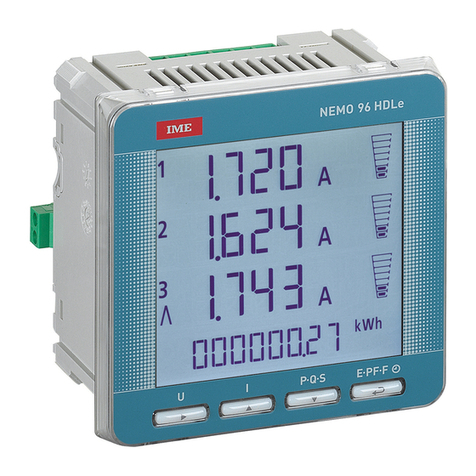
IME
IME Nemo 96HDLe Mounting instructions
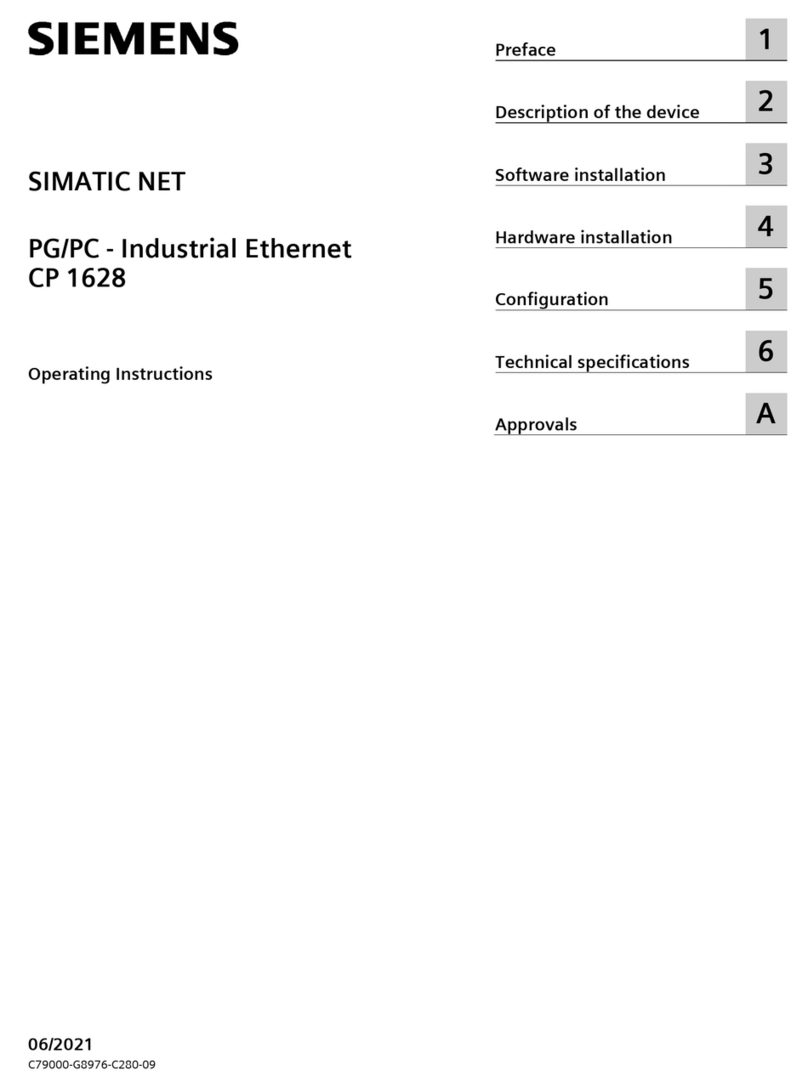
Siemens
Siemens SIMATIC NET CP 1628 operating instructions
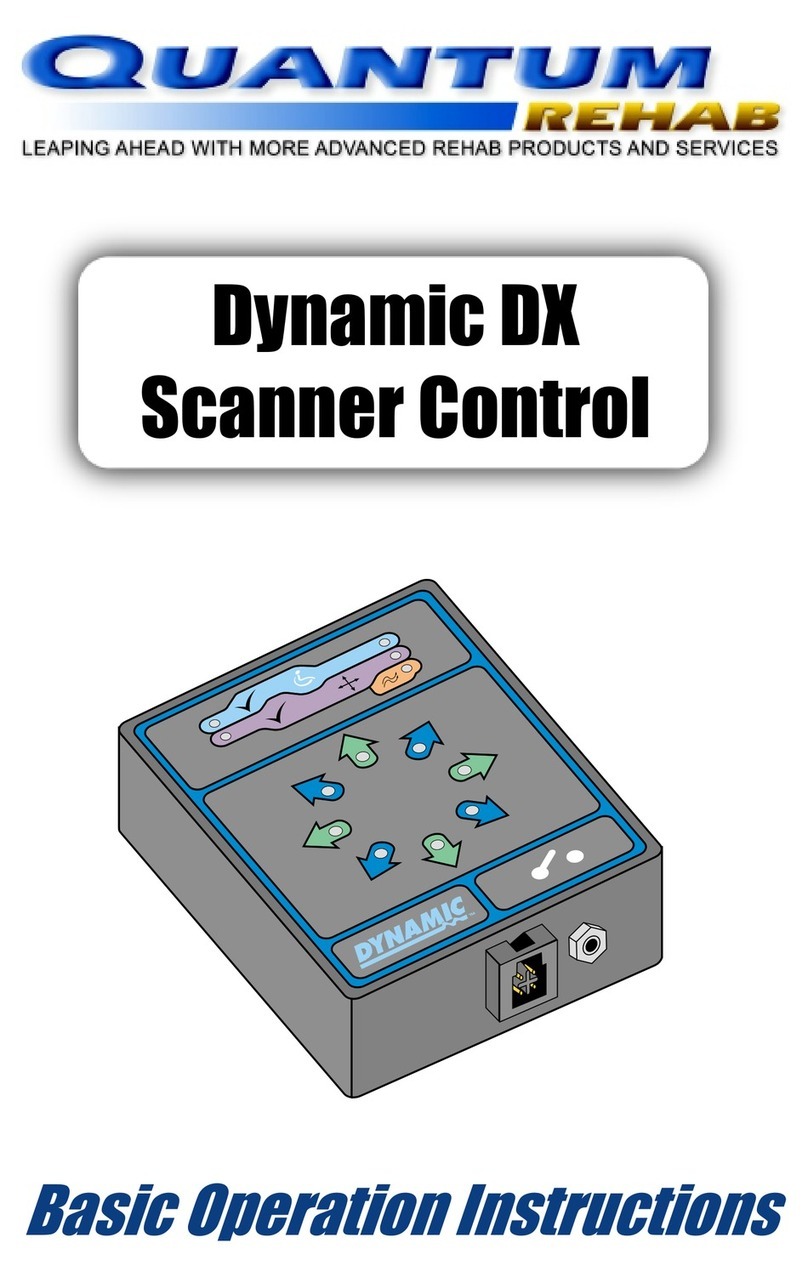
Quantum Rehab
Quantum Rehab DX Basic operation instructions
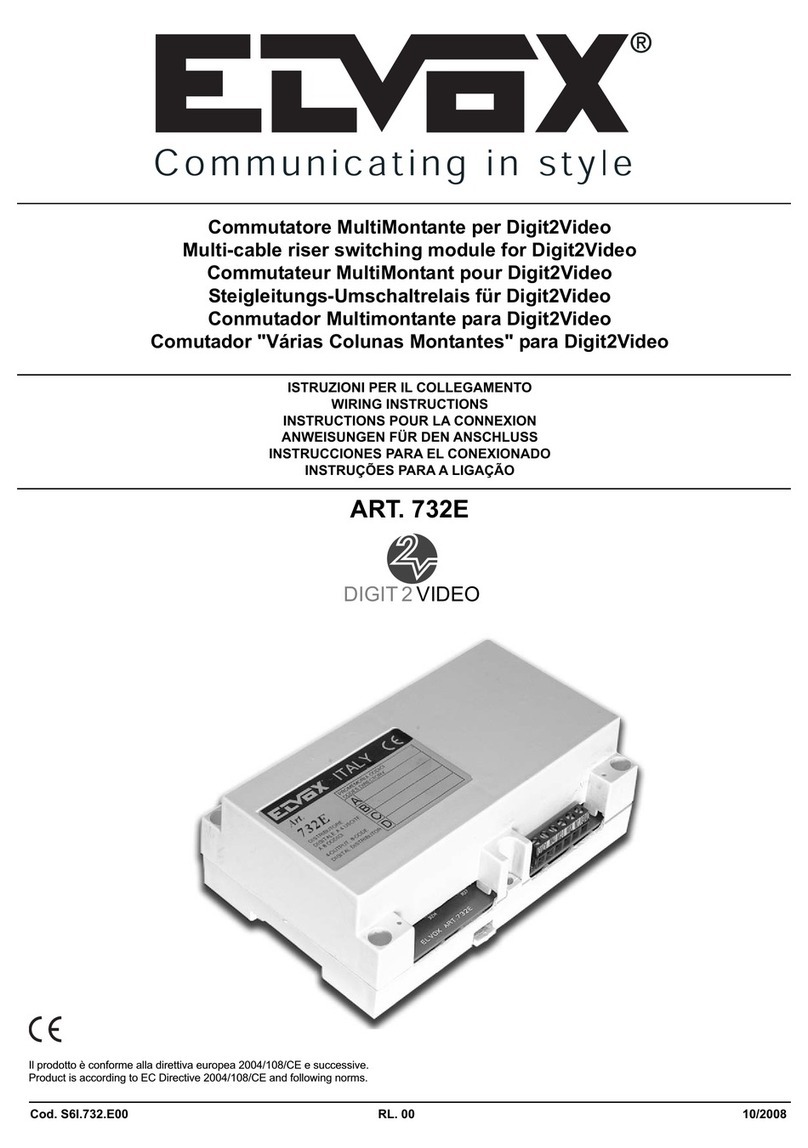
Elvox
Elvox 732E Wiring instructions

Bandini Industrie
Bandini Industrie GiBiDi CB24 Instructions for installations

Kohler
Kohler K-10949 installation guide

